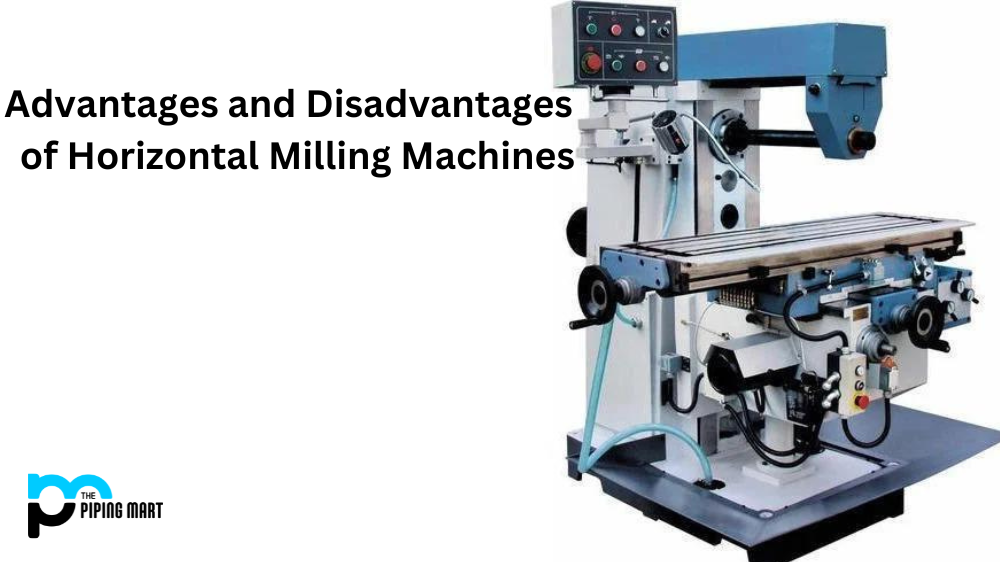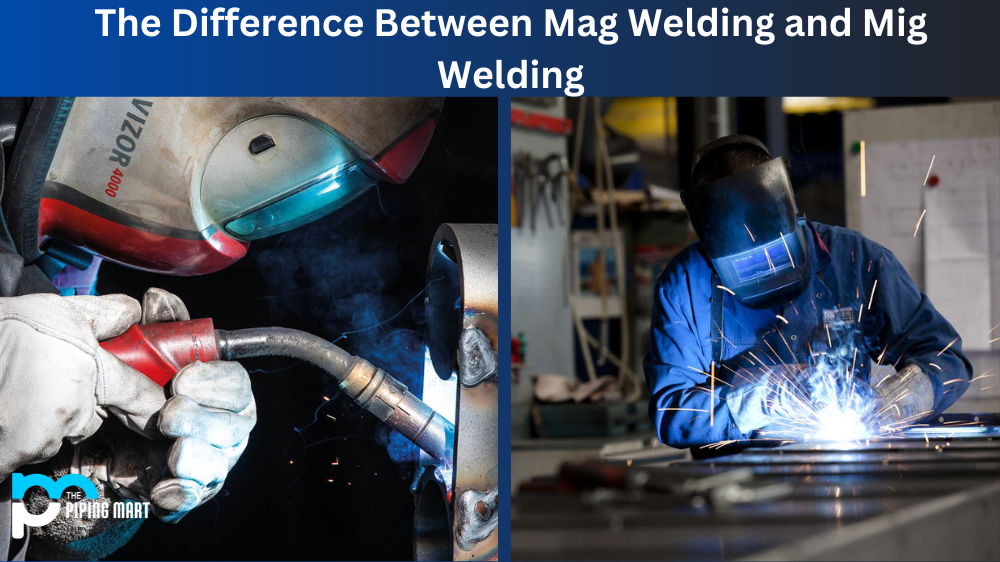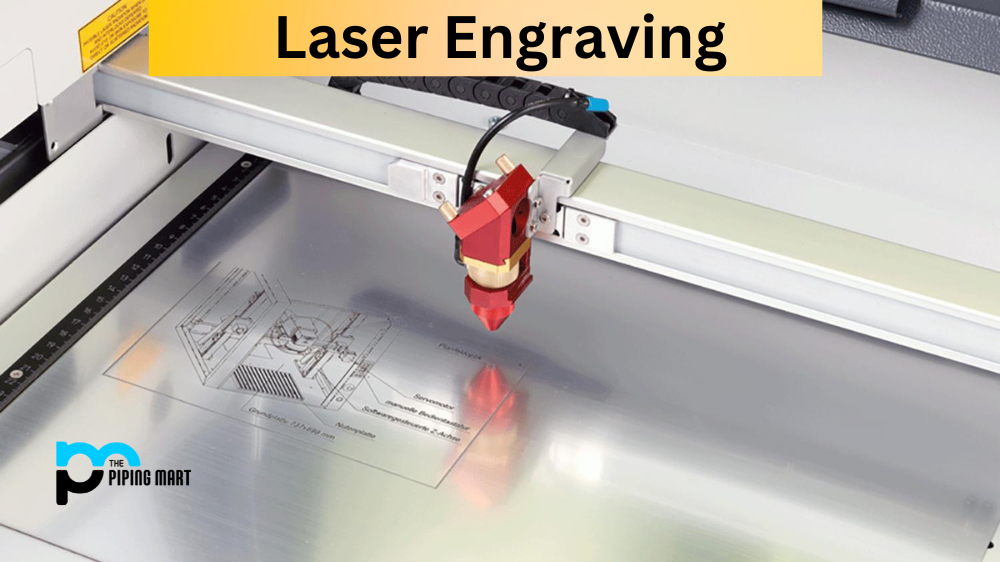A horizontal milling machine is used to perform certain machining operations. It is designed to cut the material into different shapes and sizes, making it an ideal choice for various industries. While there are several benefits to using a horizontal milling machine, some drawbacks should be considered before investing in this type of machinery. Let’s take a look at the advantages and disadvantages associated with horizontal milling machines.
Advantages of Horizontal Milling Machine
The first advantage of horizontal milling machines is their versatility. They can cut a wide range of materials from wood to metal and plastic, making them extremely versatile tools for any manufacturing process. Additionally, they can cut at various depths, allowing them to be used in precision machining applications. Another benefit is the size of the cutting area, which can typically accommodate larger pieces than vertical machines can handle. This makes them ideal for large-scale projects where speed is essential. Finally, due to their design, horizontal mills are much more stable than their vertical counterparts and, as such, require less maintenance over time.
Increased Productivity
The primary advantage of a horizontal milling machine is that it can be more productive than a vertical milling machine. A horizontal milling machine can perform multiple operations in a single setup, whereas a vertical milling machine can only perform one operation at a time. A horizontal milling machine can be much more efficient than a vertical milling machine.
Greater Versatility
Another advantage of a horizontal milling machine is that it is much more versatile than a vertical milling machine. A horizontal milling machine can create complex shapes and designs that would be difficult or impossible to create with a vertical milling machine. Additionally, a horizontal milling machine can produce large parts that would be too unwieldy for a vertical milling machine.
Easier to Set up
Another advantage of horizontal milling machines is that they are generally easier to set up than vertical milling machines. This is because all of the cutting tools are mounted on the spindle, which is horizontally oriented. This makes it easier to align the cutting tools with the workpiece, which can help to increase accuracy and productivity.
Requires Less Floor Space
A horizontal milling machine also requires less floor space than a vertical milling machine. This is because the spindle is horizontally oriented, which means that the machine’s overall footprint is smaller. This can be beneficial if you have limited space in your facility.
Disadvantages of Horizontal Milling Machine
The cost associated with purchasing or renting one can be quite high due to the complexity involved in setting up the machinery correctly. Additionally, they tend to take up more space when compared to vertical options due to the need for additional support structures and fixtures while operating them. Furthermore, they require more setup time than other milling machines, as each tool needs to be properly adjusted before it can perform optimally. Finally, because these machines operate on electricity rather than fuel or manual power sources, they may only be suitable for some businesses due to energy costs and restrictions on emissions levels when operating outdoors or during peak hours/days.
Limited to light loads
Horizontal milling machines are limited to light loads. This is because the device’s weight is already quite heavy, and adding a heavy load on top of it can damage the machine. Additionally, horizontal milling machines are not designed to handle large loads, so they are not suitable for heavy-duty work.
It can be difficult to keep a straight line.
Another disadvantage of horizontal milling machines is that they can be difficult to keep in a straight line. This is because the cutting tool is mounted on a spindle parallel to the table, and the table can move side-to-side and up and down. As a result, keeping the cutting tool in a straight line can take time and effort, leading to inaccuracies in the cut.
Requires more setup time
Horizontal milling machines also require more setup time than vertical milling machines. This is because horizontal milling machines need to be aligned with the workpiece before each cut, while vertical milling machines do not. Additionally, horizontal milling machines typically have more complex setups than vertical milling machines, which can further add to the setup time.
Not suitable for large workpieces
Horizontal milling machines are also not suitable for large workpieces. This is because the machine’s width limits the worktable’s size, and large workpieces would need to be supported by an external structure, which would add complexity and cost to the setup.
A limited number of operations can be performed
Finally, horizontal milling machines are limited in the number of operations they can achieve. This is because most horizontal milling machine setups allow only one type of operation (e.g., drilling or boring). In contrast, many vertical milling machine setups allow for multiple operations (e.g., drilling, boring, and tapping).
Conclusion:
Overall, horizontal milling machines offer numerous advantages over other types of machinery, including versatility in cutting materials; larger cutting areas; stability; and reduced maintenance needs over time. However, some drawbacks are associated with these machines, including high costs; needing more space; longer setup times; and potential energy consumption issues depending upon the specific application or business’s regulations regarding emissions levels or working during peak times/days. Before investing in one of these machines, you must weigh all pros and cons carefully to decide whether it will benefit your business or project.

Pipingmart is a B2B portal that specializes in metal, industrial and piping items. Additionally, we share the latest information and information about materials, products and various types of grades to assist businesses that are involved in this business.




